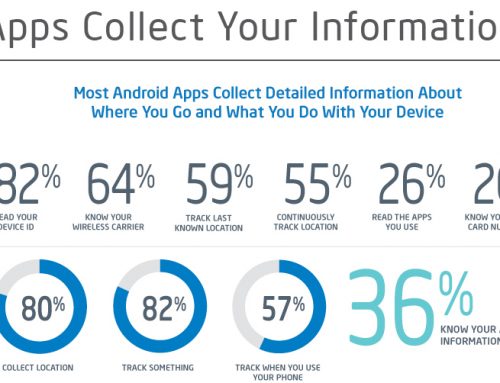User Experience, aka UX, plays a very important role in defining the customer’s experience in the healthcare domain. In healthcare, UX stakes are very high. Nowadays, there is a lot of innovation taking place. We have augmented reality, artificial intelligence, and so on. However the question remains whether we can translate these technologies into better care for patients or not.
In this article, we will discuss a basic understanding of a user experience strategy and its importance for businesses and individuals.
What Is a UX Strategy
A UX strategy enables organizations to create digital products and services that are built with customer experience in context. For example, products and services provided by hospitals should provide an experience that’s easy, functional and meets patient needs. Based on the different goals established, businesses can define their UX strategy.
A solid UX strategy helps ensure that a product team stays focused on solving the right problem for their target users. It aligns business goals and user needs with technological capabilities, creating seamless solutions. User experience design focuses on delivering solutions that address problems and needs.
How to Create a UX Strategy?
A UX strategy can be an effective tool for creating a plan to guide your design and development teams. While many healthcare IT departments are aware of how important UX is, they may not be sure how to begin. Let us look at how to create a UX strategy as mentioned below:
- Begin with defining the target users and then understand their existing behavior.
- Determine what problems or obstacles users encounter in their daily lives.
- Identify ways that the product or services can assist users in meeting their goals by providing a better experience.
- The next step is to create actionable items that show progress toward realizing the vision.
- Finally, ensure that everyone is aligned with the vision and individual initiatives related to products.
How Healthcare UX Is Evolving
The UX sector in healthcare is on the rise. Let us look at the top trends in healthcare UX design:
-
Telemedicine
Telemedicine has quickly become one of the most useful advances in medical technology. Medical professionals are now able to treat patients remotely through healthcare apps, remote monitoring tools, and video consultations. The doctor can speak directly with the patient via video conferencing solutions, without them having to visit the office. The UX and UI of healthcare play a crucial role in facilitating this positive user experience. Designers must ensure that patients are guided through the video conferencing experience without adding stress due to usability problems.
-
Wearables
The use of wearables in healthcare UI and UX is another popular trend. They monitor vital signs like a person’s blood pressure and heart rate. They are also able to measure body mass index. However, it must be easy to use. Simplicity, usability, connectivity, etc are a few things that should be taken into consideration when designing the same.
-
Healthcare Chatbots
Healthcare chatbots have also become a crucial part of healthcare UX. Software companies leverage chatbots to help patients book appointments, connect with doctors, and more. It is important that patients who seek medical advice feel that their needs are met and that they are taken care of, regardless of whether they are speaking to a machine or a person. It should provide a positive and seamless user experience so that they continue to use the service.
Few Tips for Ensuring a Strong UX Strategy
- Make sure to use the right tools. Ensure that the user experience is being managed by the right people and that those people are using the right tools.
- Set expectations early on with patients to avoid any misunderstandings later on down the road.
- Create an easy-to-navigate website or app that makes it easy for patients and medical professionals alike. This would make them find everything they need without getting lost or overwhelmed.
- Offer live customer support at all times. If something goes wrong during an interaction between a patient and their provider, there’s someone available to help out.
- Ensure that all forms are filled out correctly and clearly. This would ensure there aren’t any errors or omissions on patient records. If any errors are found it would cause confusion and delays during patient visits or calls as well as during billing procedures.
- Make sure that all the employees are trained on how to use all of the systems in place and make sure they know where everything is located.
- Offer customer-relevant incentives, i.e. free consultations, lower diagnosis costs, etc. for patients with favorable behaviors, i.e. frequent consultations, medical checkups, etc. because it shows that their loyalty is valued by the hospital.
Conclusion
The healthcare industry has been slow to adopt new digital tools, but it has been picking up the pace in recent years. Using digital tools improves the patient experience and customized interaction with the customers. People working in this field have the opportunity to make a difference not only in the lives of their patients but also in the world at large. Building robust systems with a strong UX strategy would improve patient outcomes and make lives easier for everyone.
You may also like:
Security Implications of Developing Mobile Healthcare Applications








Leave A Comment